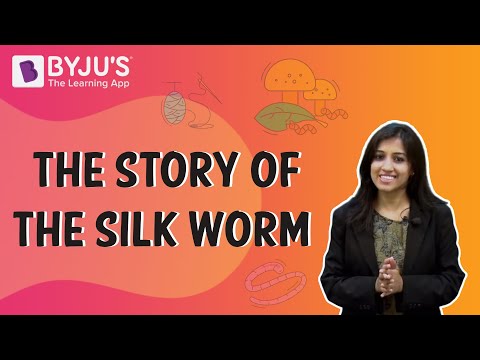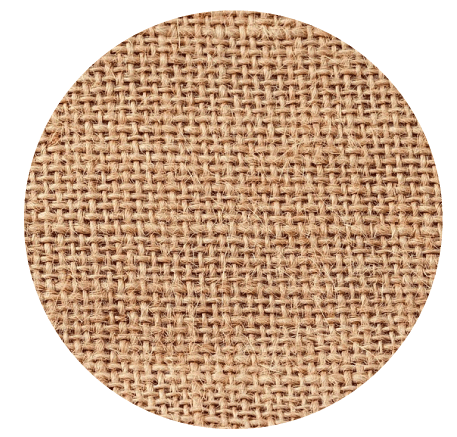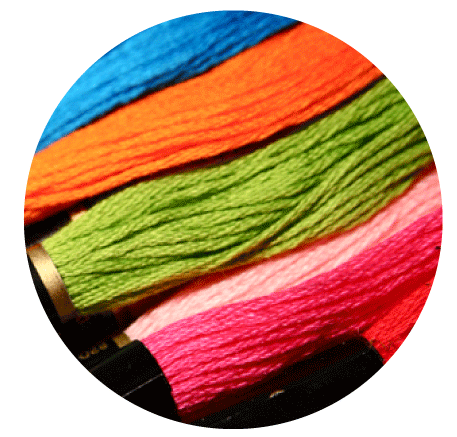According to the CBSE Syllabus 2023-24, this chapter has been removed from NCERT Class 6 Science textbook.
What are Fibres and Fabrics?
Fibres are materials which are available in the form of thin, continuous and flexible strands spun into yarn and made into fabrics.
Fabrics are defined as a cloth material made by knitting or weaving or of threads together.
To know more about Fibres and Fabrics, visit the links below;
Types of Fibre
There are two types of fibres classified according to their origin.
- Natural fibres: These fibres are naturally obtained from plants and animals. Cotton and jute are fibre obtained from plants. Silk and wool are fibres obtained from animals.
- Synthetic fibre: These fibres are artificially synthesized by humans within the industry by the application of simple chemicals. Examples: Acrylic, polyester, nylon, rayon, and acetate are a few examples of Synthetic fibre.
Animal Fibres
Silk and wool are fibres obtained from animals.
Wool fibres come from sheep, camel, goats, and yak. The process involved in making animal fibres into wool follows a series of steps — Shearing, Scouring, Sorting, Cleaning, Dyeing, Straightening, Rolling and Combing.
Silk fibres are obtained from the silkworm, and the process of obtaining silk from the silkworm is called sericulture. The silk thread or the yarn is obtained from the silk moth’s cocoon.
The life cycle of a silkworm begins from the:
Stage 1- After mating, a female silk moth lays around 200 – 300 eggs at a time.
Stage 2- The egg hatches, and new silkworms arise and feed on mulberry leaves for around 30 days and move into the next stage.
Stage 3-Cocoon, a protective layer or a silky web spun is developed around the larvae, which is the size of a small cotton ball made of a single silk thread.
Stage 4- Pupa stage. This is a stage where silk fibres are obtained by killing the pupa and plunging the cocoon into boiling water, and unwinding the silk thread.
Stage 5- The last stage of a life cycle, in which the completely developed pupa changes into an adult moth. Again the life cycle begins from here.
For more information on Silk Worm, watch the below video

Plant Fibres
Cotton, wool and jute are the fibres obtained from the plant source.

- Jute fibre is obtained from the stem of jute plants. It is a soft, shiny and long fibre with a silky texture.
- Cultivated in rainy seasons and is basically grown in the states of West Bengal, Bihar and Assam.
What Are Fibres Made up Of
Fibres
The finer part of the thread is referred to as fibre.
- Fibre is a thread-like structure that is spun into ropes, clothes and strings.
- Fabrics are made from fibres obtained from natural or artificial sources. For example, rayon, nylon, polyester, etc.
Cotton
Yarn
The thin strands made from fibre are called as yarns. Spinning is the process of making yarn.
Cotton
- Cotton is obtained from cotton bolls, which are taken directly from the surface of cotton seeds.
- It is grown in black clayey soil with a warm climate.
- The processing of cotton involves Ginning, Spinning, Weaving and Knitting.
Ginning
- The plant from which cotton is picked contains seeds. The process of removing these seeds from cotton pods is known as ginning.
- Ginning can be done using hands or by machines.
Spinning
- The process of making yarn from thin strands of fibres is called spinning.
- It can be done by hand or on a spinning wheel.
Weaving
Two distinct yarns are arranged together on weaving machines, known as looms, to make a fabric.
Knitting
Knitting is one of the most popular methods to make fabrics from yarns.
- In this process, a single yarn is used to make a piece of fabric.
To know more about Types of Fabric, visit the link below;
Cotton Fabrics
Fabrics
- Fabrics are woven material or textiles.
- It is prepared from yarns by weaving or knitting.
- Example: Blankets, towels, curtains, etc.
Knitting
Hand knitting is a conventional method of knitting, though it is also done on machines. For example, sweaters are knitted from wool.
Weaving

Natural Fibres vs. Synthetic Fibres
Natural fibres
These are obtained from nature, i.e., from plants or animals. Plant fibres are obtained from plants and are also called cellulosic fibres. Example: Cotton, flax, hemp, jute, and ramie. Animal fibres are obtained from animals and are also known as protein fibres. They are eco-friendly fibres.
Example: Cotton, wool, jute and silk.

Synthetic fibres
These are not obtained from natural sources. These are prepared in laboratories using various petrochemical products. These are also known as man-made fibres. These are more durable than natural fibres.
For example, polyester, nylon, acrylic, etc.

To know more about “Difference Between Natural and Synthetic Fibres”, visit the link below;
Difference Between Natural and Synthetic Fibres
Evolution of Clothing
Evolution of clothing
Flax fibres were the first to be put to use as clothing, followed by cotton.
In modern days, clothing has become mechanized, where machines have more to do with making clothes.
To know more about “Evolution of Clothing”, visit the link below;
Learn more about Fibre to Fabric from the topics given below:
| Wool | Cotton |
| Synthetic Fibres | Clothing Fabric |
Frequently Asked Questions on CBSE Class 6 Science Notes Chapter 3 Fibre to Fabric
What are some of the uses of synthetic fibre?
Synthetic fibres are used in: 1. Aerospace 2. Apparel 3. Architecture and construction 4. Marine industry 5. Medical and wielding industry
Mention some of the animal fibres used.
Animal fibres include keratin-based fibres such as sheep wool and fibres of similar use such as alpaca, angora, cashmere, camel and mohair.
What is the pupa stage in the lifecycle of a silkworm?
The pupa stage is when silk fibres are obtained by killing the pupa and plunging the cocoon into boiling water, and unwinding the silk thread.
Comments